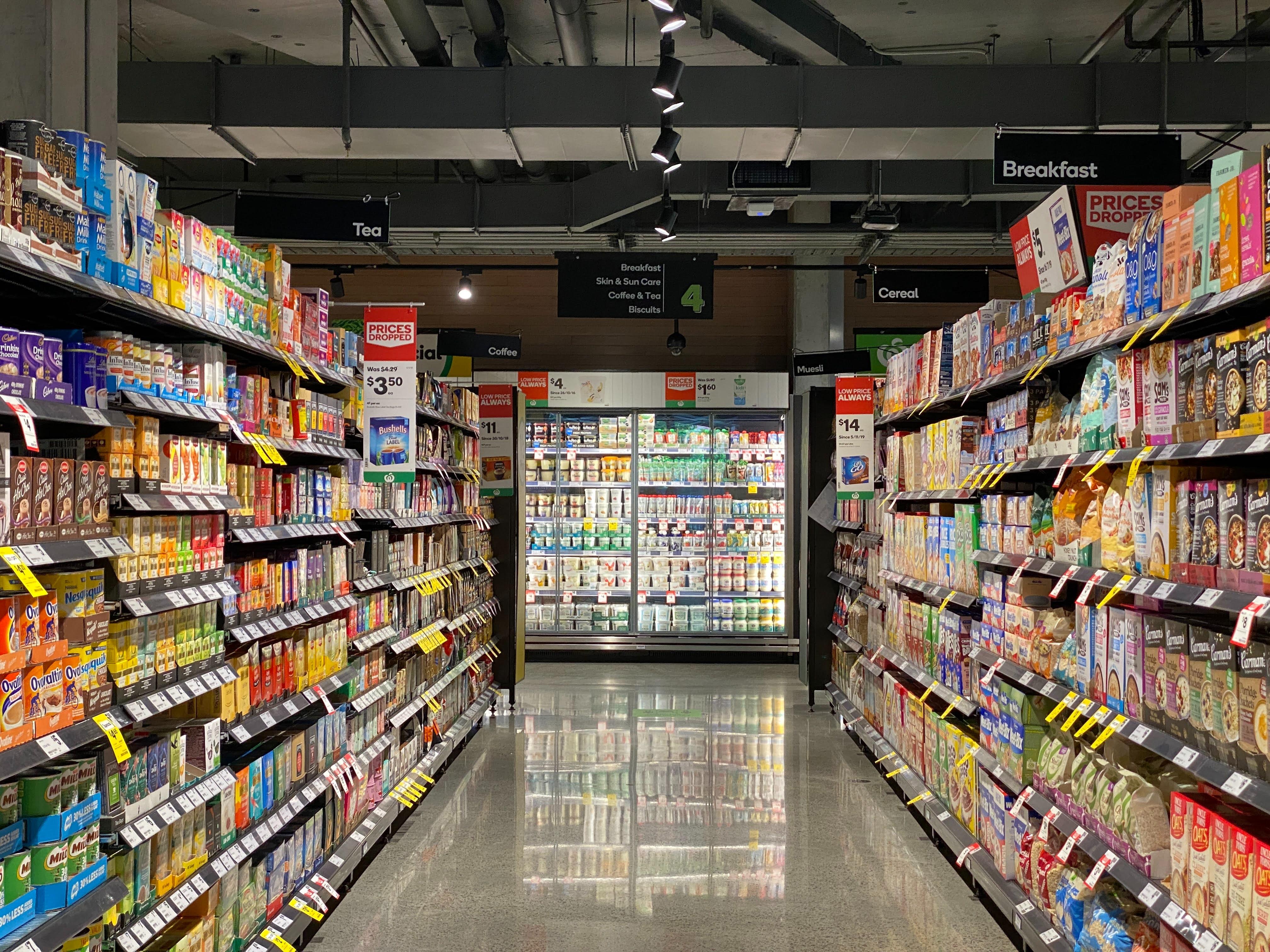Have you noticed your favorite snack bag feels a little lighter? Or that your go-to streaming service suddenly has more ads and fewer hits? Welcome to the world of “sneakflation”—a subtle but growing trend where companies cut value instead of raising prices.
Unlike shrinkflation, where packages literally get smaller, sneakflation is more about what’s missing. Think cheaper materials, fewer features, shorter return windows, or a drop in customer service—all while the price tag stays the same.
It’s a strategy businesses are turning to as inflation creeps back up. Rather than risk scaring off shoppers with a visible price hike, they quietly reduce what you get for your money. According to the latest Consumer Price Index, inflation rose 2.7% year-over-year as of June 2025, and that pressure is pushing companies to get creative.
Real-world sneakflation examples include:
- Frozen dinners with smaller portions or downgraded ingredients
- Clothing that looks the same but uses cheaper fabrics
- Electronics with less memory or battery life
- Retailers adding hidden fees or shrinking return policies
And shoppers are starting to notice. Nearly 60% of consumers say they’ve observed a dip in quality without a price change. Many are turning to generic brands, price-checking labels, and sharing side-by-side product comparisons on social media.
How to shop smarter:
- Read labels carefully and check quantity or ingredient changes
- Watch for hidden shipping fees or changes to return policies
- Compare brands and don’t be afraid to switch
- Follow consumer forums or hashtags like #sneakflation for crowd-sourced alerts
Sneakflation may be a symptom of an unstable economy, but consumers aren’t staying quiet anymore. As one shopper told NBC 7, “I just want honesty.” Whether businesses adapt with more transparency remains to be seen—but in the meantime, staying alert could save your wallet (and your trust) in the long run.


